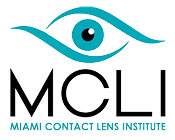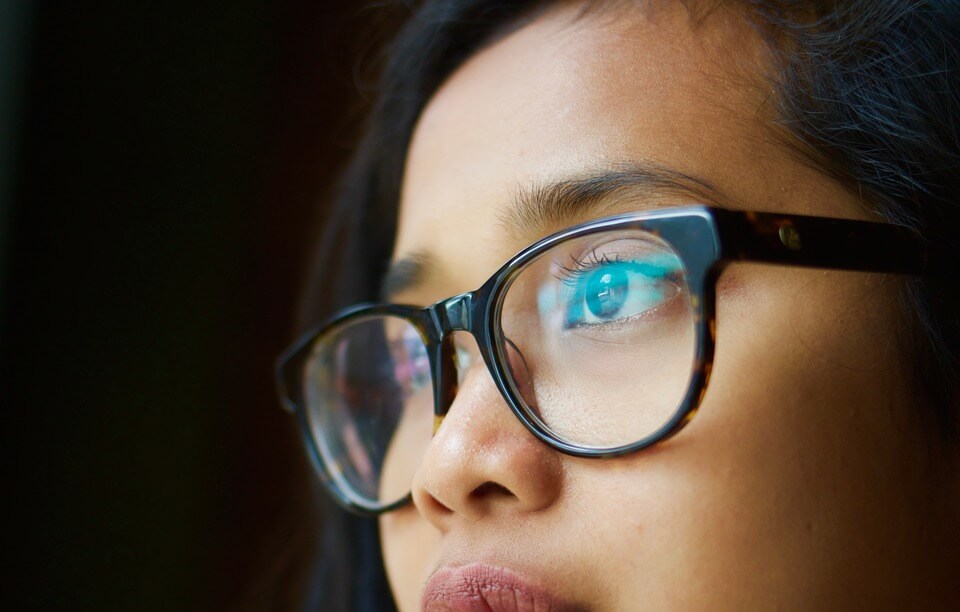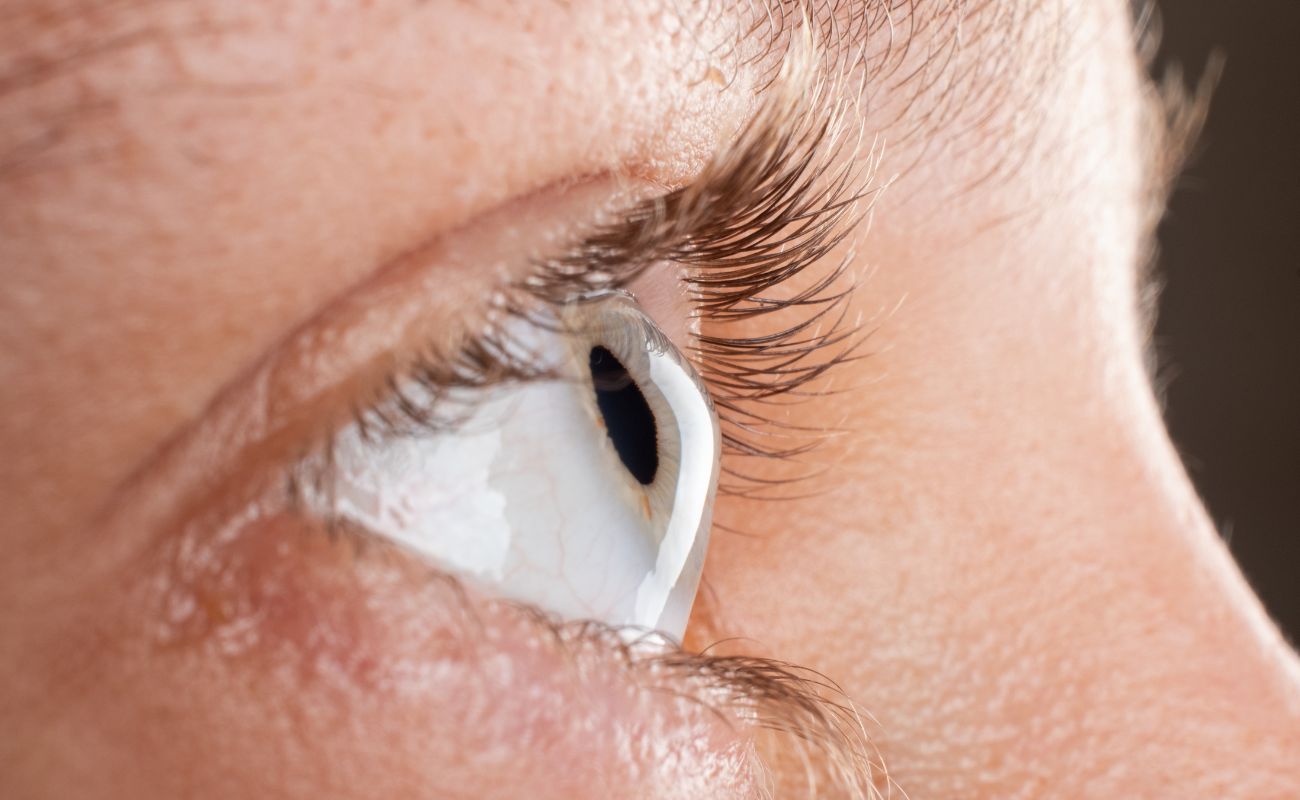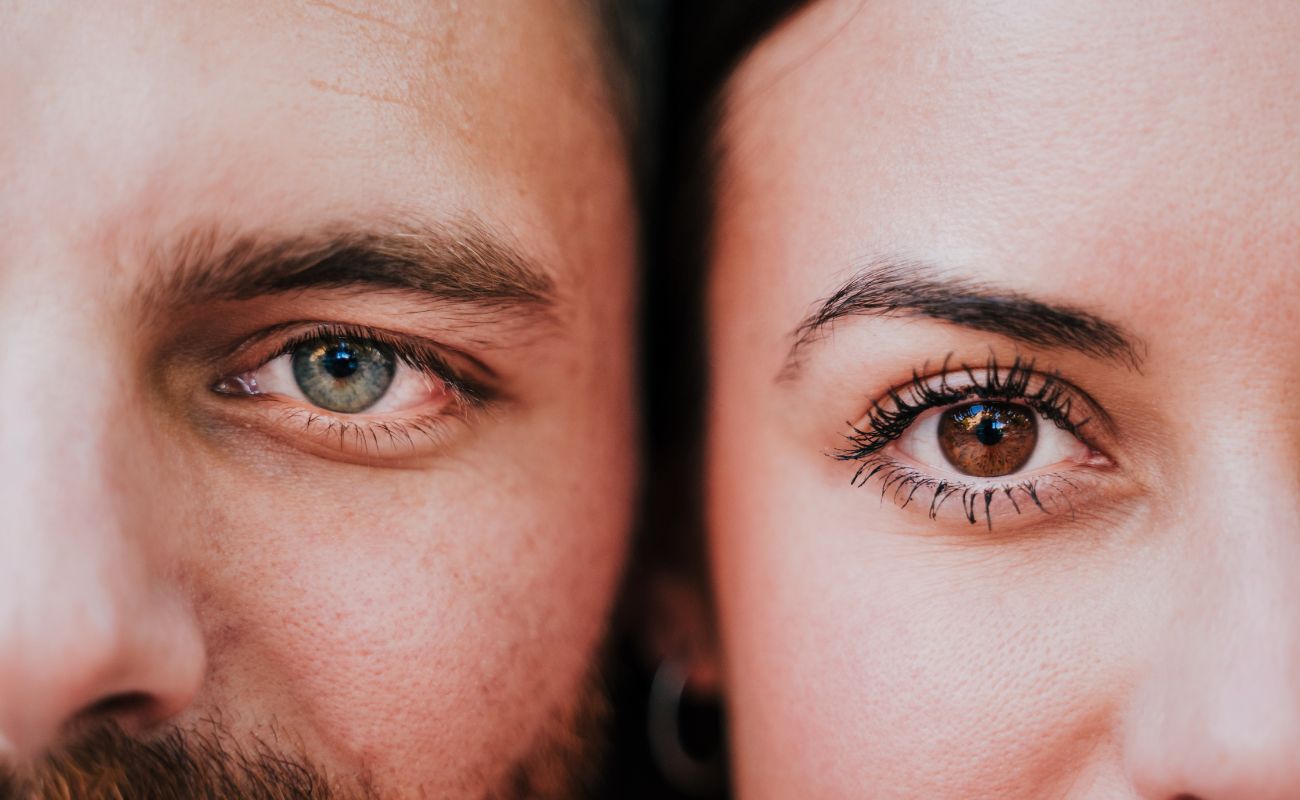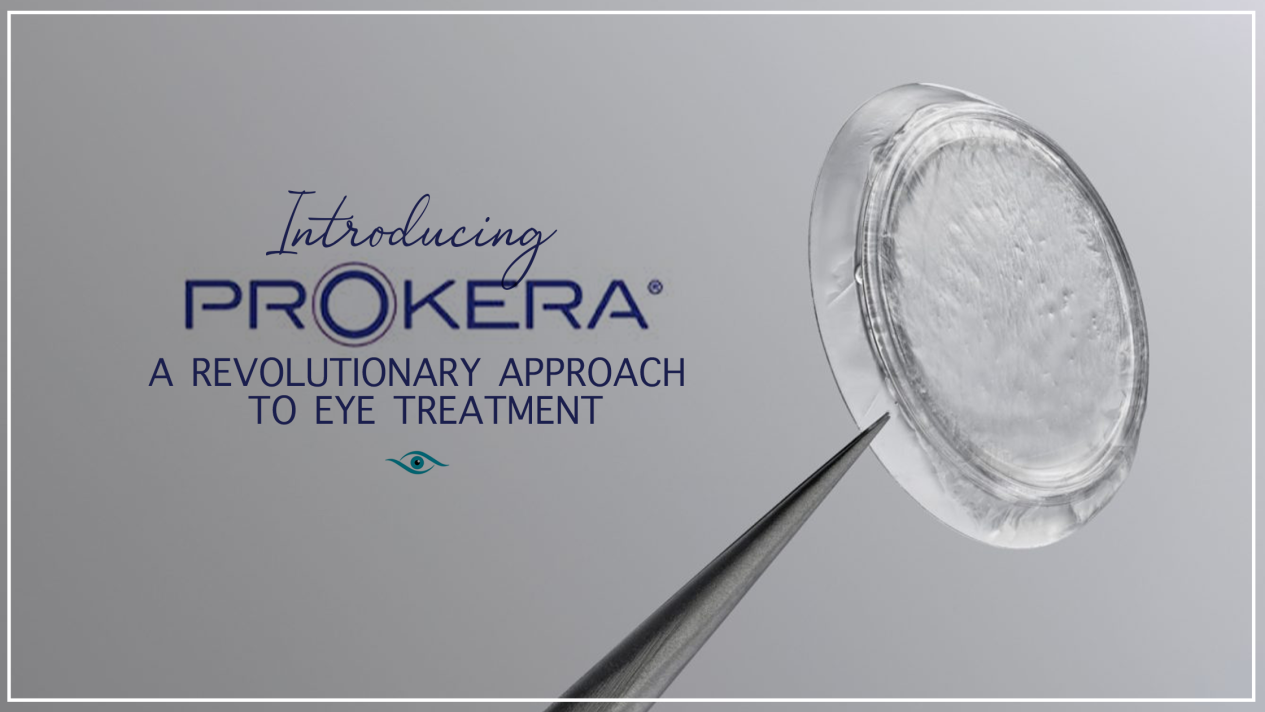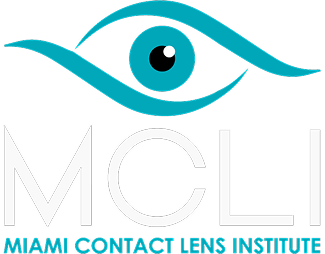Myopia (Nearsightedness)
“Myopia, also known as 'short-sightedness' or 'near-sightedness', causes people to havedifficulty seeing distant objects clearly. It is estimated that half the world’s population will bemyopic by 2050. 1 Growing levels of high myopia are increasing the risks of serious eyeconditions, which may lead to permanent blindness.” – Brian Holden InstituteMyopia is another word for nearsightedness, one of the most prevalent refractive eye conditions in the world. According to the National Eye Institute, more than 40 percent of the population in the United States suffer from myopia. That figure has grown substantially over the years.Previously, the most common cited statistic about myopia was that about a quarter of allAmericans suffered from it. The recently reported increase suggests myopia is becoming aneven more common vision concern in the U.S.Myopia is an eye condition classified under the category of “refractive errors.” A refractiveerror occurs when the eye fails to bend (or refract) light as it should. An eye struggling withproper light refraction will not be able to focus on images correctly. The result, in most cases, issome degree of blurred vision.
Myopia Awareness Week (MAW) 2024 was May 13–19. The theme for the 2024 campaign was "Act Now, See Tomorrow"
What Are the Symptoms of Myopia?
With myopia, only some objects appear blurred. As the nickname of “nearsightedness” implies,someone with myopia should be able to see close objects clearly but will struggle to see objectsfurther away. For instance, if you notice you can read a book without difficulty but struggle toread road signs, then you might have myopia. In general, myopia is characterized by distantobjects appearing blurry or indistinct.The opposite of myopia is farsightedness, or hyperopia. Hyperopia is another type of refractiveerror. Here, the symptoms of the condition are reversed. The refractive error makes it difficultfor the eyes to focus on nearby objects but doesn’t affect vision at a distance to the samedegree. For example, a patient might need reading glasses to read a book, but may not requireany vision aid to see objects that are farther away.
What Causes Myopia?
Myopia is a focusing disorder of the eye caused by a longer-than-average eye or a cornea that iscurved too substantially to match the length of the eyeball. These factors lead to the refractiveerror, in which light rays focus in front of the retina rather than on the surface of the retina. Theresult is nearsightedness.Related post: What Is the Main Cause of Myopia?
How Can Myopia Be Treated?
Myopia often manifests in children—often in those who have nearsighted parents. It tends tostabilize in young adulthood but does not usually regress on its own. As a result, patients withnearsightedness are constantly seeking ways to improve their condition. Glasses and contact lenses can help to correct refractive error, while refractive surgeries such as LASIK can helpresolve the condition more permanently. You should consult your eye doctor to determinewhich options are available to you.More importantly today is the prevention of myopia or myopia management. There are threeways to potentially slow the progression of nearsightedness in children: corneal reshaping andsoft bifocal contact lenses and/or atropine eye drops. Corneal reshaping can be achieved withorthokeratology. These lenses are mapped and custom-designed to fit a patient’s eye shape. Apatient can wear these lenses overnight. What Ortho-K lenses do is reshape the surface of theeye—gently and subtly, but enough to make a difference in light refraction and focusing. Bywearing these lenses through the night, the patient can enjoy clear contact-free visionthroughout the day. Distance center multifocal soft contact lenses look and feel like standardsoft contact lenses but are designed with several “zones” throughout the lens that essentiallytrick the eye to reduce the effects of myopia.Learn more about potential treatment options, including special contact lenses, by contactingthe Miami Contact Lens Institute today.
